The UICP has the BOV mounted on it, what it means is that at one point you'll have to decide what BOV you want to run. The budget solutions are 1g BOV or Greddy BOVs, I mean there are many BOVs out there that you may like. It all comes to how you want to do it. There are pre-made about 1ft long pipes with BOV flanges welded to it or its a whole thing made out of cast aluminum.
Welded
Cast
If you want to use 1g BOV then it's best that you get 1g BOV elbow, cut the flange off and have a shop weld it for you. Dont take chances with 80-90 AMP flux welder and try to save $10-15 bucks. Same applies if you want custom UICP with the BOV maybe angled and other crazy things - have a shop weld it for you.
Throttle Body and First bend
If you look at the pictures above for the blow thru and draw thru setups, you'll see that the first bend after the TB is a long 90 degree bend. This is because of the distributor being in the way if you cut it short. It gets tricky if you want to use 1g or 2g turbo TBs. These TBs have a separate elbow that makes a sharp 45 degree turn and it runs straight into the distributor. So whatever TB you use just make sure you have that long 90 degree bend off the TB and save yourself the headache.
Oil pan work
There are 2 options here. You get 2g GST/GSX oil pan and swap it over or you remove you stock oil pan and have a 10an steel fitting welded on it.
To remove the 7g oil pan, you want to get a flathead and drive it between the block and the oil pan with a few light tabs with the hammer. Do that to 3-4 spots and then pry the oil pan gently. Clean the block surface as best as you can.
If you decide to use 2g oil pan, you want to wipe it clean and check for shavings on the bottom of it. Scrape any silicone use previously to seal the pan and give it a good wipe with acetone. Remember, do not use gasket there!! It's done with RTV from the factory and you want to stick with RTV as well. I have found that the best RTV to use is called : "Right Stuff - one minute gasket maker for oil pans and transmissions". It costs about $16 at any parts store.
Stock 2g pan
If you want you can use 7g pan and have a shop weld a 10an fitting. When welding, try to place the fitting as close to where the 2g hole would be and avoid welding the fitting under one of the bolt holes. Make sure its TIG welded, because you dont want to have leaks from the welds.
Thats it! There are no shortcuts here. The oil pan has to come out.
 Log in
Log in Register
Register







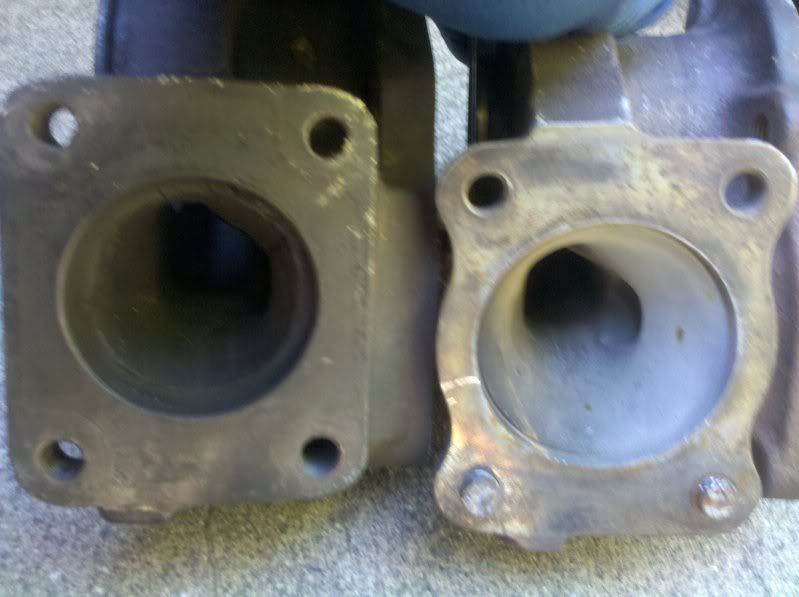
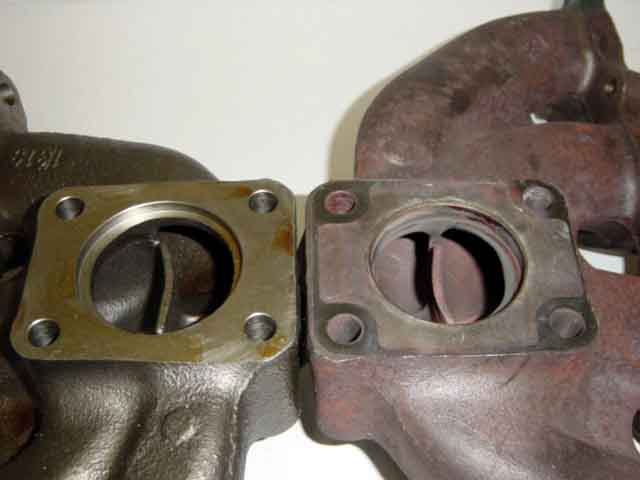
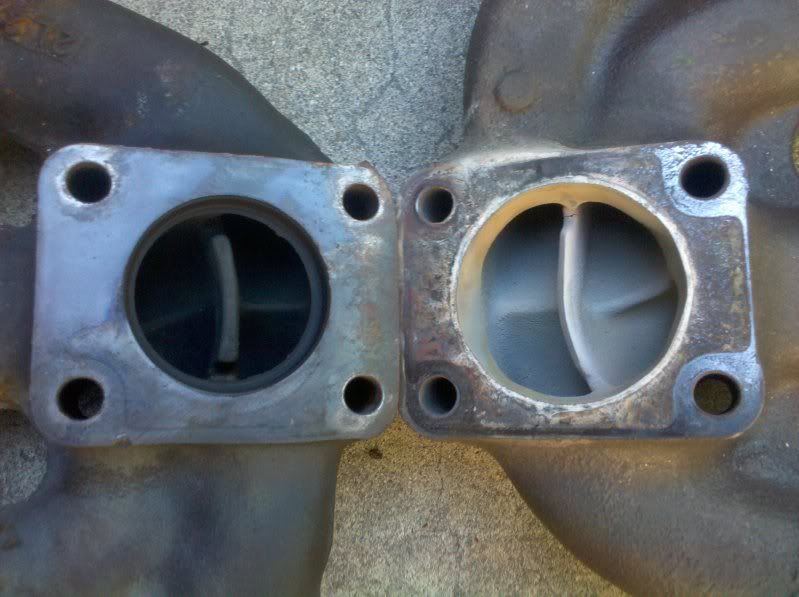


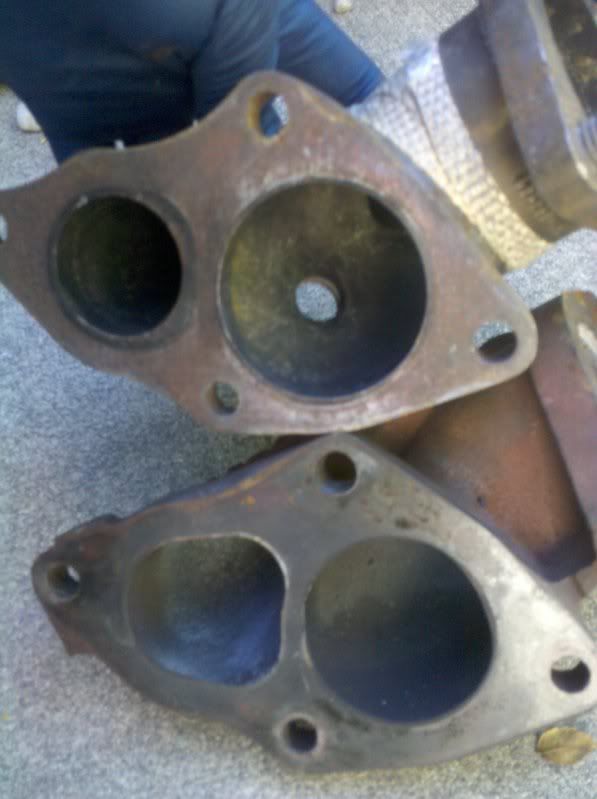
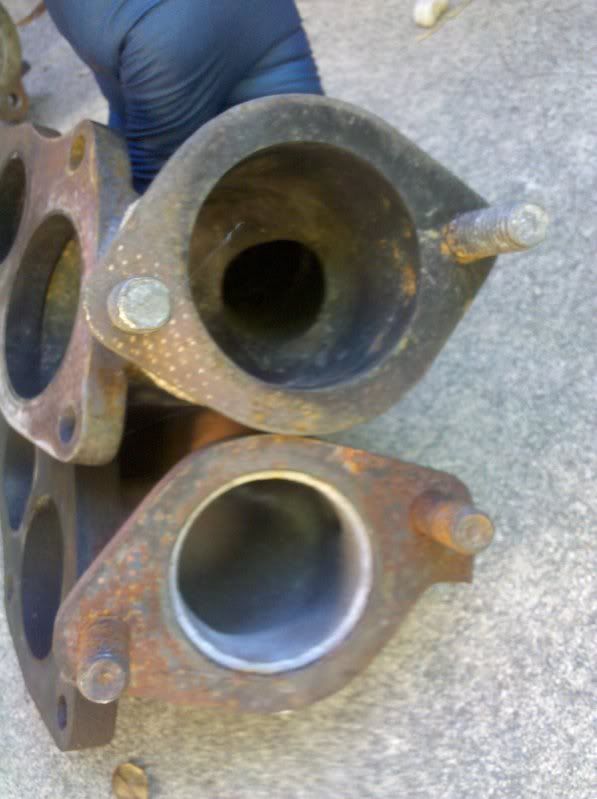

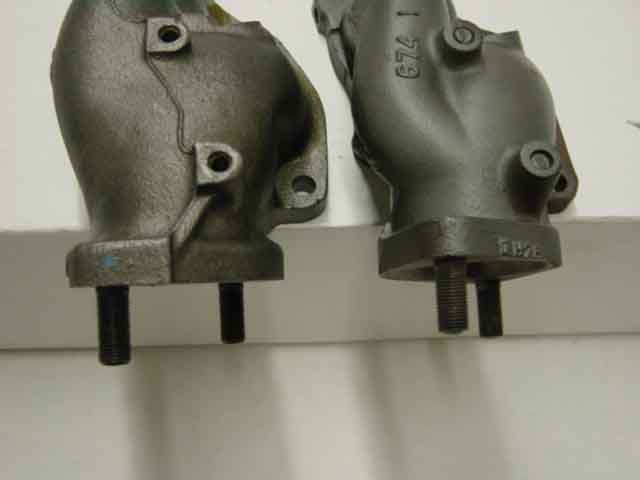






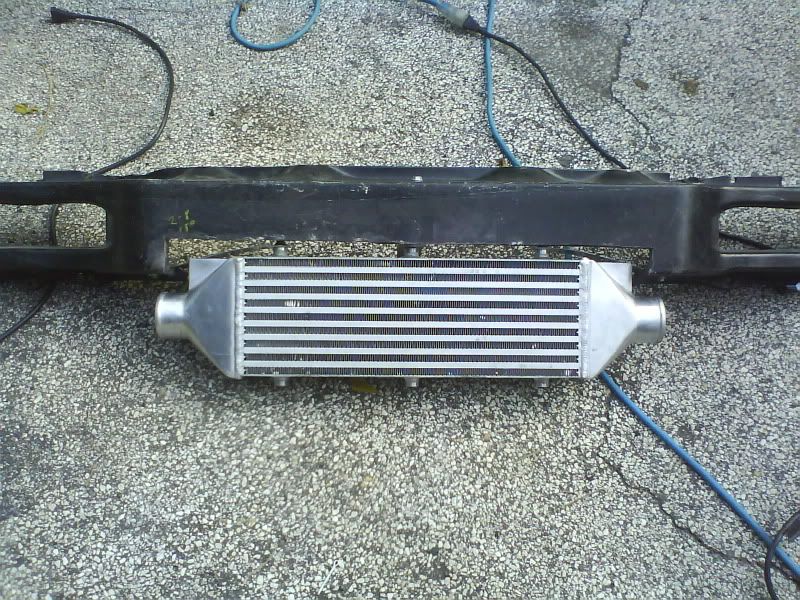
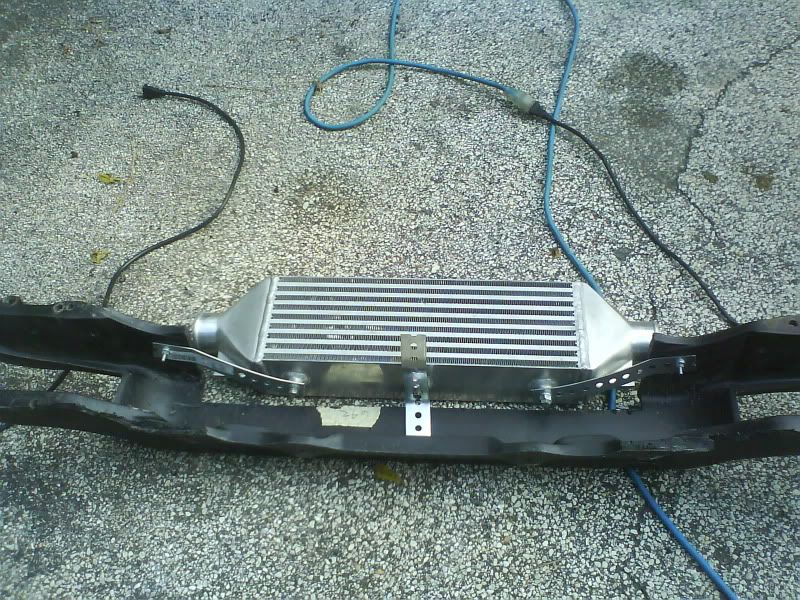





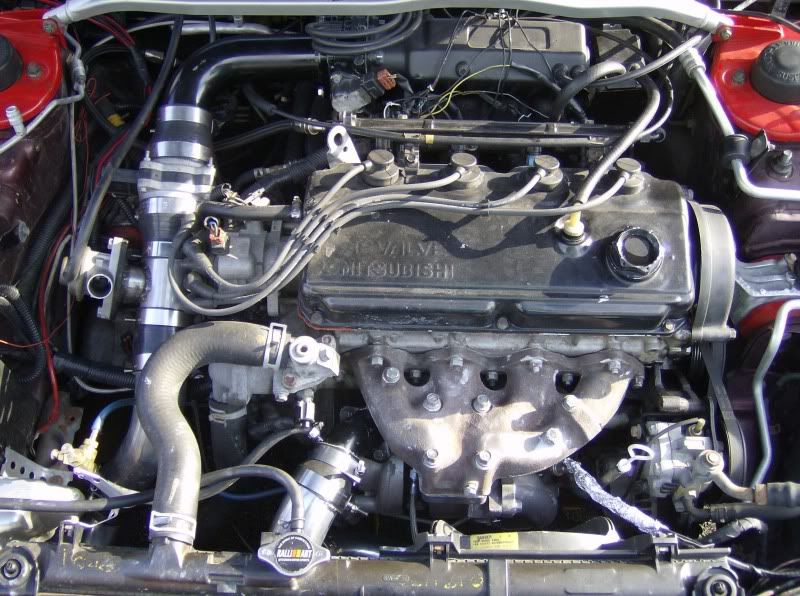


 Reply With Quote
Reply With Quote

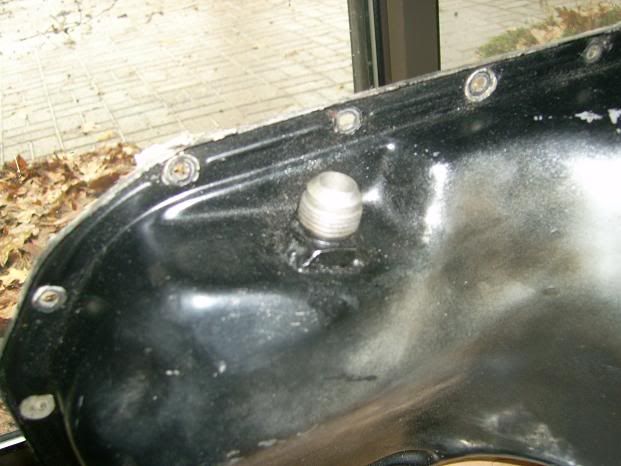


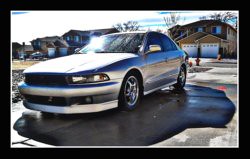







Bookmarks